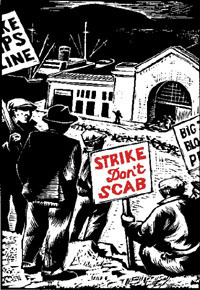|
|
|
|
|
|
Japan Rail Privatization Scheme Causing Dangerous Maintenance Conditions At JR Hokkaido
Japan Rail Privatization Scheme Causing Dangerous Maintenance Conditions At JR Hokkaido
http://mainichi.jp/english/english/newsselect/news/20130925p2a00m0na0120...
Veteran JR Hokkaido worker blames track faults on management
Employees work to restore a train line where a freight train derailed, in Nanae, Hokkaido, on Sept. 21. (Mainichi)
拡大写真
SAPPORO -- A veteran track maintenance worker with the Hokkaido Railway Co. (JR Hokkaido) spoke to the Mainichi on Sept. 24, saying the recently revealed track faults should have been easily noticed and blaming them on a lack of parts and maintenance staff.
Recently, part of a rail track at Onuma Station on the Hakodate Line widened 28 millimeters, well over the limit to justify repairs, but the work was left unattended. Ninety-seven track problems were found to have been ignored around the prefecture, and later an additional 170 were detected.
The employee who spoke with the Mainichi works on track maintenance in eastern Hokkaido, and was not involved with the recently uncovered track problems.
"A maintenance employee would notice a problem with rail width by sight," says the worker. He added that even if track problems were not severe enough to merit repair work, normally something should be done to address the issue.
"The many unattended problems are emergency situations that could cause a derailment. A railway maintenance worker should know they cannot ignore these problems," says the employee.
However, says the worker, even if staff notice a problem with a track and ask the company headquarters for replacement parts, they rarely get them. Workers have to get by through band-aid measures like relaying the track gravel.
"There have been times when, even after those temporary repairs, the rail later broke" just as we feared," says the worker.
Problems with tracks also damage train wheels and cause noise and vibrations for those on board. The worker says, "The management focuses only on the repairs at hand, putting off a true solution. There is a feeling of resignation amongst maintenance workers that they won't get new parts."
Furthermore, the worker says there aren't enough maintenance employees on the ground. JR Hokkaido has around 7,000 employees, which is around 6,000 less than when it was formed through privatization and splitting apart of the Japanese National Railways in 1987.
At a Sept. 22 press conference, JR Hokkaido President Makoto Nojima said the company had enough employees stationed, but the worker speaking to the Mainichi said, "While we have gotten by with the experience and skill of veterans until now, there are limits to what they can do."
Furthermore, in recent years many of the company's employees have been dispatched to subcontractors working on a Hokkaido bullet train line scheduled to start running at the end of fiscal 2015. These subcontractors are busy with the bullet train line construction, and the worker speaking to the Mainichi says, "There are times when jobs that we would have outsourced in the past are coming back to our company instead. I think people and money are being taken away for use on the bullet train line, leaving little for the local lines."
September 25, 2013(Mainichi Japan)
-

- Log in to post comments
- Printer-friendly version



